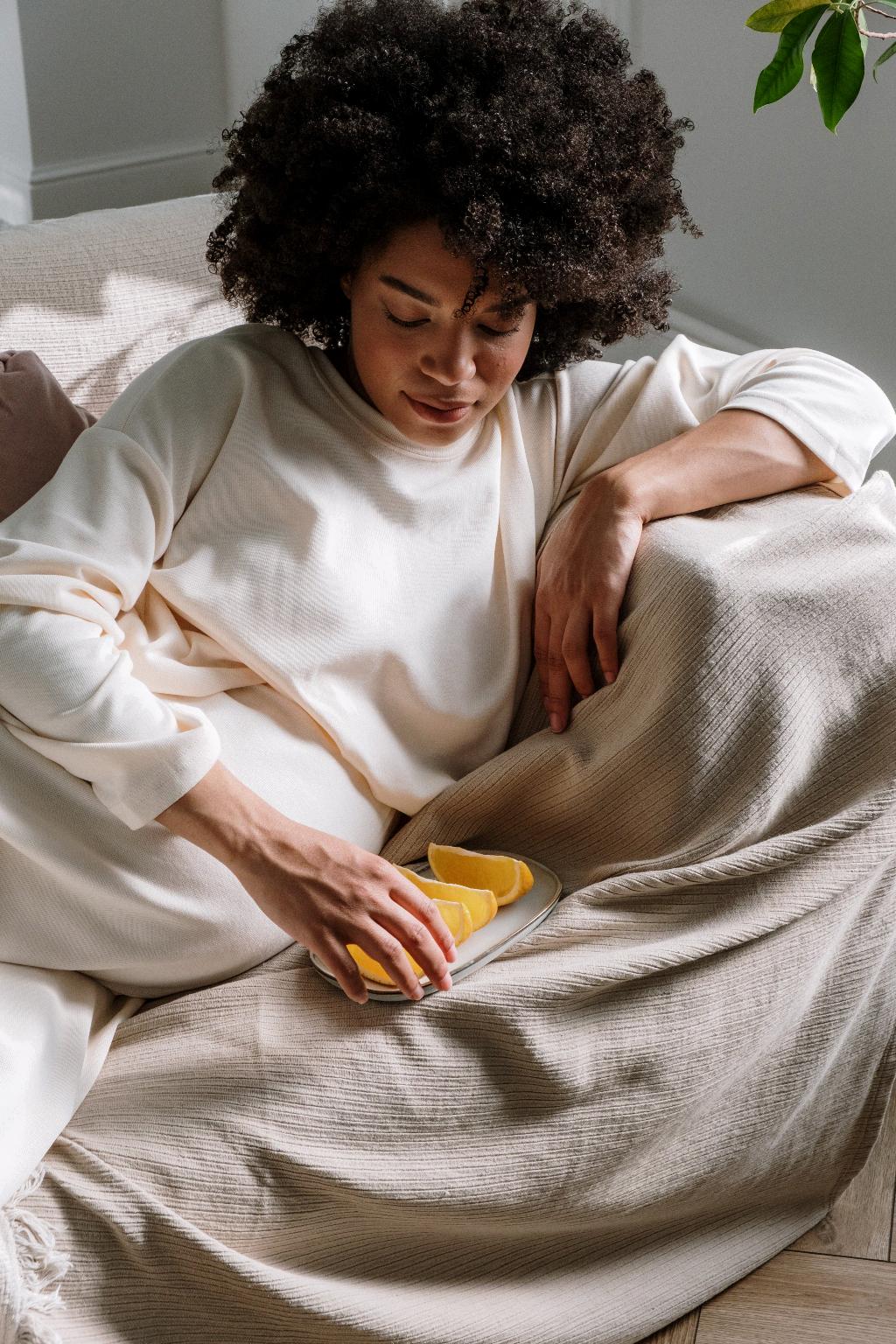When you observe your baby standing on his head, it may initially seem like a peculiar and concerning behavior. However, it’s important to understand that this action can actually be quite common among infants and toddlers. In fact, it can convey various meanings depending on the context and the child’s individual preferences.
Seeking Playfulness and Stimulation
For some children, standing on their head is a form of active play. It allows them to engage their bodies in a new and exciting way, providing sensory input that can be both stimulating and enjoyable. This behavior may indicate that your baby is seeking different ways to explore and interact with the environment around them.
Finding Calmness and Comfort
On the other hand, standing on his head can also serve as a source of comfort and relaxation for your baby. As mentioned in the provided facts, the upside-down position may remind them of the time spent in the womb, offering a sense of familiarity and security. Some babies may find solace in this posture, especially when they are tired or seeking to wind down.
Viewing the Behavior as Normal
It’s essential for parents to remember that standing on his head is a normal part of a child’s exploration and development. As they continue to grow and learn about their bodies, they may experiment with different movements and positions to understand their capabilities fully. This behavior should not always be a cause for alarm, but rather a natural component of their physical and cognitive development.
Encouraging Physical Development
Engaging in activities like standing on their head can actually support your baby’s physical development. It allows them to strengthen their core muscles, improve their balance and coordination, and enhance their spatial awareness. Encouraging this kind of movement can contribute to their overall motor skills and help them reach developmental milestones at their own pace.
Responding with Support and Encouragement
As a parent, it’s important to respond to your baby’s behavior with support and encouragement. Instead of discouraging them from standing on their head, you can create a safe environment that allows them to explore and play freely. By showing interest in their actions and providing positive reinforcement, you can foster a sense of confidence and curiosity in your child.
Monitoring for Any Signs of Discomfort
While standing on his head can be a normal and harmless activity for your baby, it’s crucial to monitor their behavior for any signs of discomfort or distress. If you notice that they are struggling or experiencing pain while in this position, it’s essential to intervene and ensure their safety. Always prioritize your child’s well-being and seek guidance from healthcare professionals if needed.
Recognizing Individual Preferences and Behaviors
Every child is unique, and their reasons for standing on their head may vary. Some babies may simply enjoy the sensation of being upside down, while others may use this position as a way to self-regulate and find peace. By observing your baby’s behavior closely and understanding their individual preferences, you can better support their needs and foster a healthy sense of exploration.
Creating Opportunities for Movement and Play
Providing your baby with opportunities for movement and play can be beneficial for their overall development. By offering age-appropriate toys, encouraging tummy time, and engaging in interactive activities together, you can help your child further explore their physical abilities and enhance their sensory experiences. By incorporating play into their daily routine, you can support their growth and well-being.
Embracing the Joys of Parenthood
As you navigate the world of parenthood and witness your baby’s unique behaviors and milestones, it’s essential to embrace the joys of this journey. Every moment spent with your child, whether they are standing on their head or giggling with delight, is an opportunity to cherish the bond you share and celebrate the wonders of growth and discovery. By being present, attentive, and supportive, you can create a nurturing environment where your baby can thrive and flourish.
Conclusion
In conclusion, when your baby stands on his head, it can carry various meanings that reflect their innate curiosity, need for stimulation, and desire for comfort. By understanding the reasons behind this behavior and responding with patience and encouragement, you can support your baby’s development and foster a sense of exploration and joy. Remember to prioritize safety, observe for any signs of discomfort, and embrace the unique journey of parenthood with love and compassion.

